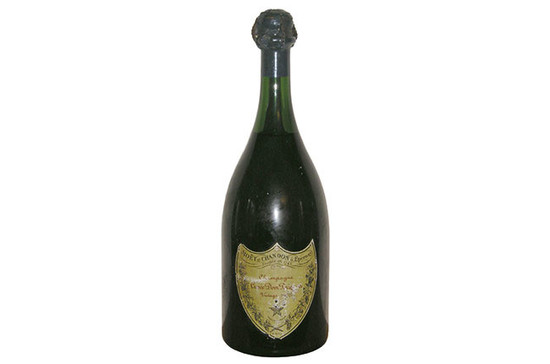
Dom Pérignon 1961, Champagne, France
Bottles produced: N/A
Composition: 50% Chardonnay, 50% Pinot Noir
Yield: 7,800 kg of grapes per hectare
Alcohol content: 12.5%
Release price: N/A
Price today: £650-£700
A legend because…
No one knows Dom Pérignon better than its experienced winemaker Richard Geoffroy, whose current assessment of the wine is that it’s ‘a superlative and most sought-after vintage - a classic wine that’s the quintessence of style at Dom Pérignon’. The wine also acquired secondary fame as the wine chosen for the toast at the wedding breakfast on 29 July 1981 of the Prince of Wales and Lady Diana Spencer, who was born in 1961. Some 600 magnums were shipped to London for the occasion.
Looking back
The first vintage of Dom Pérignon as a prestige cuvée was the 1921, launched in 1936 by Moët et Chandon; only 1,200 bottles were produced. Roederer’s Cristal predates it as a luxury Champagne, but it was not released commercially until 1945. It was astute, from a marketing point of view, to name the wine after the region’s most legendary figure, thus giving the Champagne an instant allure. However, the name began as an unused trademark of Champagne Mercier, which presented it to Moët after a Mercier married a Chandon in 1927.
The people
Champagne blending is a team effort, but this wine was blended under the supervision of then chef de cave René Philipponnat, who held this position for 30 years until 1979.
The vintage
After a cool spring, warm weather returned in June and flowering took place slowly but without difficulty. Thereafter conditions were warm but not torrid, allowing the grapes to ripen fully. The harvest began on 20 September and continued in excellent condition, resulting in healthy grapes of very good quality.
The terroir
Like most Champagnes, Dom Pérignon is a blend of sites. However, almost all the vineyards used for this cuvée form part of the historic sites owned by the Abbey of Hautvillers when Dom Pérignon was alive. They had been purchased by Moët in the 1820s. The leading villages where these vineyards are located are Aÿ, Bouzy, Cramant, Le Mesnil, and Verzenay, as well as the vineyards of Hautvillers itself.
The wine
It is one of the features of Dom Pérignon that the blend is made up of roughly equal proportions of Chardonnay and Pinot Noir, thus making it an ideal expression of the region’s two leading varieties. In 1961, the blend was exactly half of each. The wine always goes through full malolactic fermentation, and then spends seven years on the yeasts before disgorgement, although some bottles are given far longer ageing before their late disgorgement and release as part of the company’s Oenothèque programme.
As always with Dom Pérignon, Moët refuses to disclose production figures. In 1988, Nicholas Faith estimated production as 1.5 million bottles, though the production of 1961 would almost certainly have been lower. Current estimates suggest a production of up to 5 million bottles.
The reaction
Tom Stevenson declares 1961 to be ‘the best Dom Pérignon I have ever tasted’, praising the ‘fabulous length and depth of such a relatively light-bodied wine, with wonderfully mellow aromas of coffee, toast, macaroons, and peaches. Great complexity but even greater finesse’.
Richard Juhlin, Decanter World Wine Awards regional chair for Champagne, rates it highly, though slightly less highly than other vintages such as 1964 and 1966.
For Decanter’s Michael Broadbent, DP 1961 was, in the 1980s, even greater than the 1928 Krug, which he had previously rated best. However, by the 2000s he considered the 1961 to be in decline, and had downgraded his ecstatic six-star rating to a mere four.
Translated by Sylvia Wu / 吴嘉溦
All rights reserved by Future plc. No part of this publication may be reproduced, distributed or transmitted in any form or by any means without the prior written permission of Decanter.
Only Official Media Partners (see About us) of DecanterChina.com may republish part of the content from the site without prior permission under strict Terms & Conditions. Contact china@decanter.com to learn about how to become an Official Media Partner of DecanterChina.com.

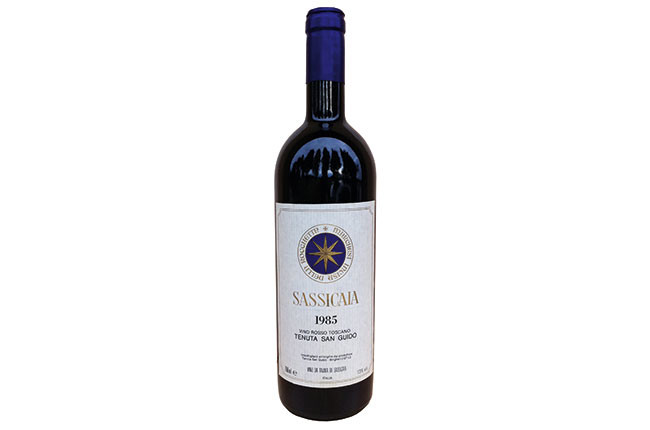
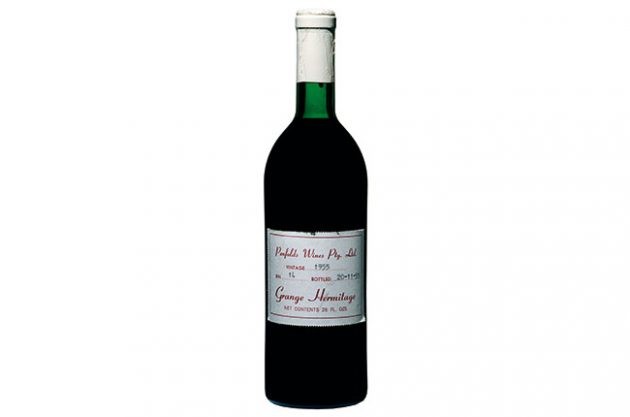
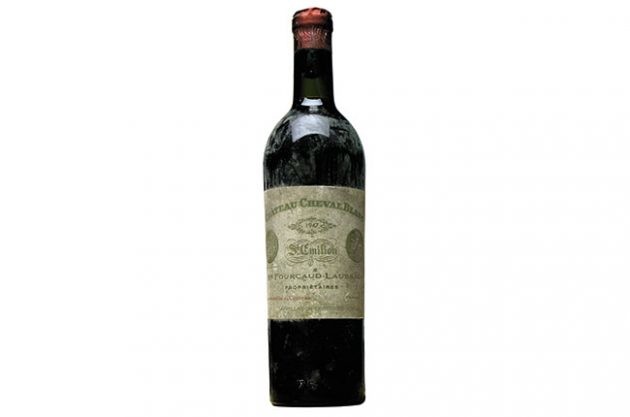
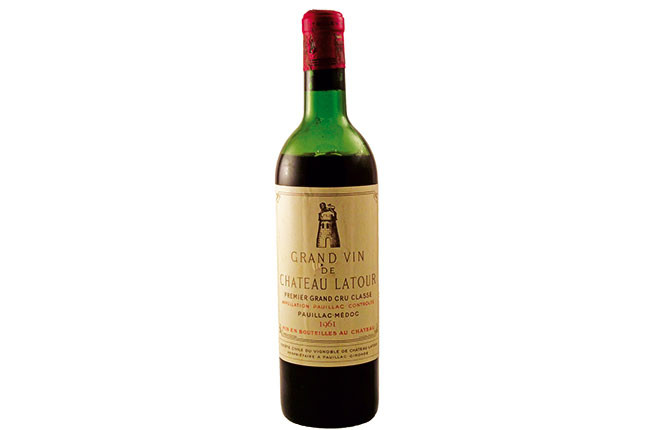
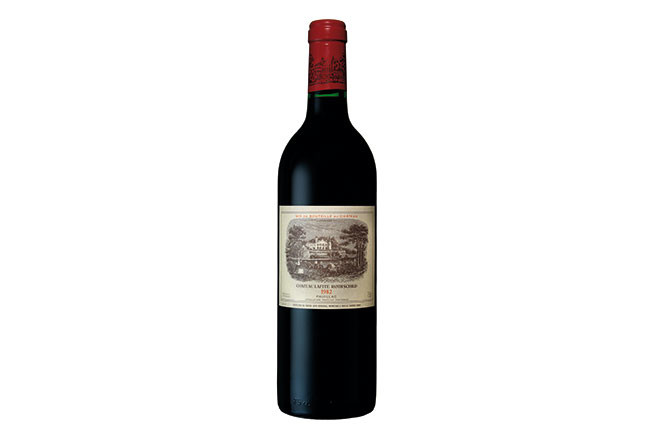
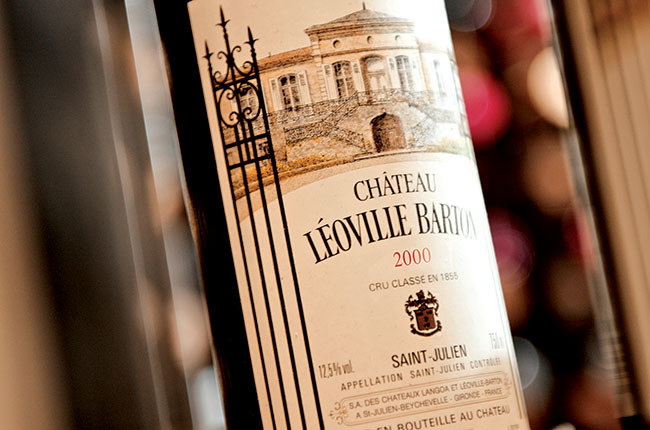
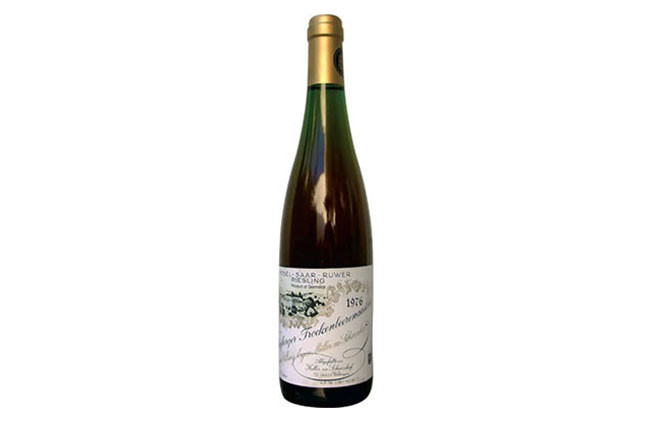
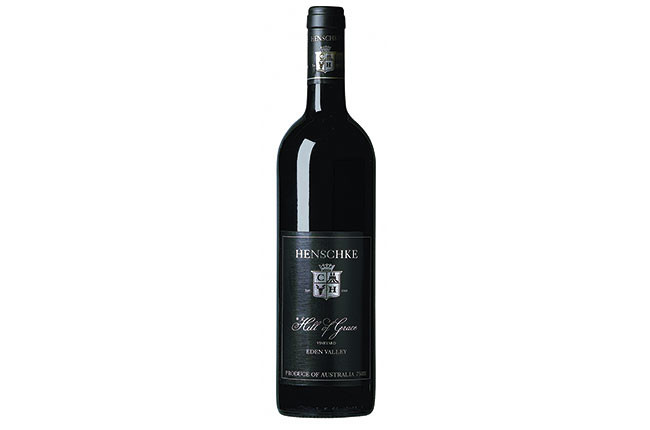
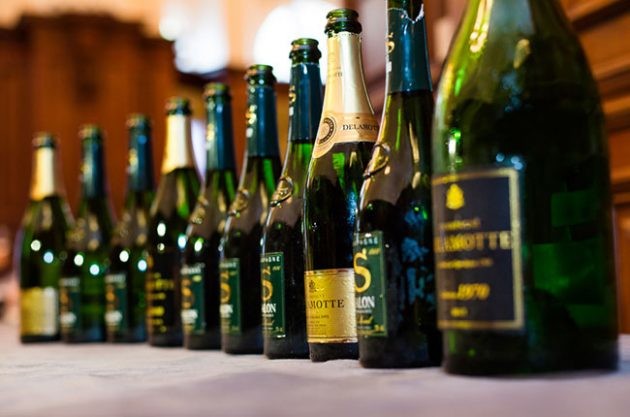
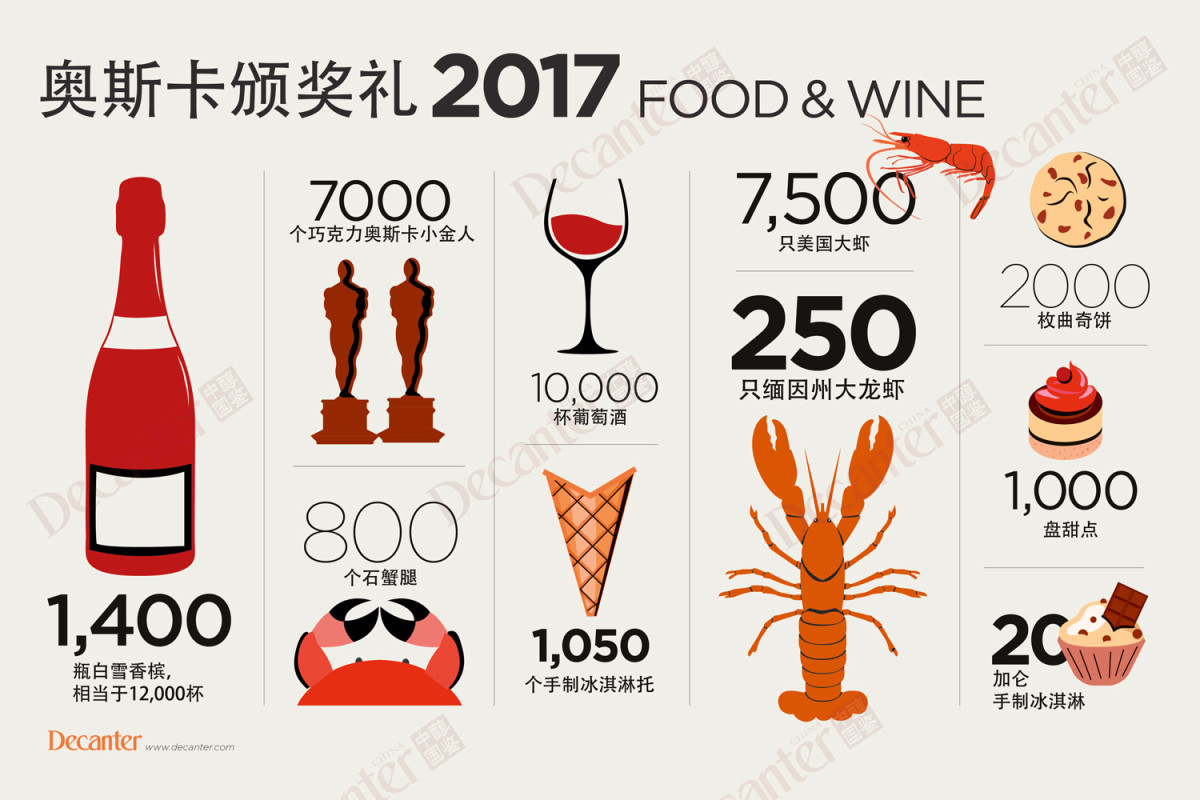
Comments
Submit